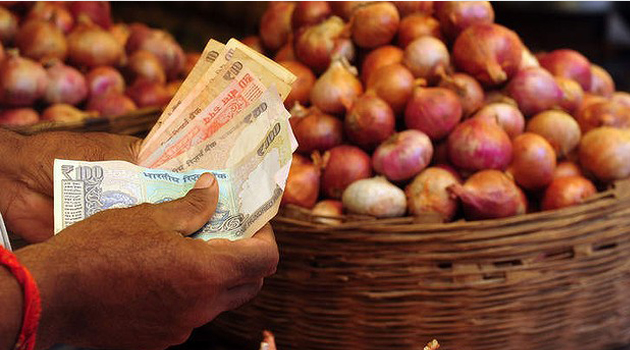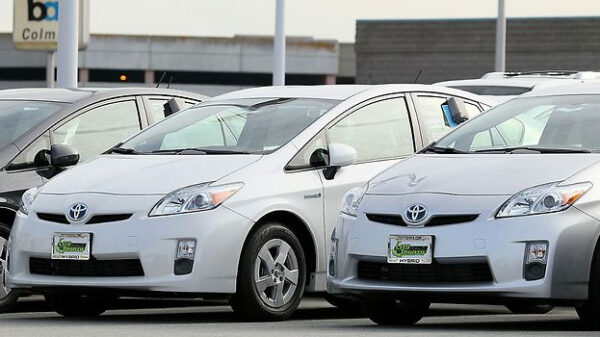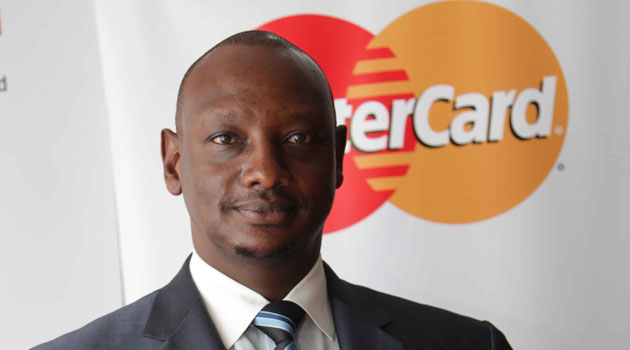NAIROBI, Kenya Mar 25 – Eighty five percent of Kenyans have adopted electronic payment products including bank accounts, mobile phone, prepaid cards or other payment products, according to a new study by MasterCard.
The study dubbed ‘A Progressive Approach to Financial Inclusion’ however indicates that even with the high adoption rate, only two percent of consumer purchases are made electronically, despite 75 percent of adults receiving money via non-cash means.
The report states that while Kenyans receive a large percentage of their income electronically, they are not using their electronic payment products to transact and are depending on cash to do so.
“Kenya has done a great job in enabling ownership of payment products, payment products are used for limited flows and haven’t significantly penetrated large dollar value such as salary disbursements and Point Of Sales, “ the report states.
According to the report, driving more transactions through the payments product such as salaries and purchases as well as assessing large current adoption usage gaps in other areas like lending, long-term savings and investments must be a prime focus.
MasterCard Vice President and Area Business Head James Wainaina says while Kenya is making significant advances in the ownership of payment products, there is a need to address the gaps in infrastructure and education, which will result in better adoption and usage of the payment products already in existence.
“The public and private sector must identify current adoption and usage gaps, and actively pursue ways to close these gaps to boost the rate of financial inclusion. This encourages MasterCard to work even closer with our customer financial institutions and government to expand our acceptance footprint and electronic payment usage in Kenya,” says Wainaina.
Long term saving and investment and insurance rates in Kenya were found to be at 13.6 percent, 43 percent and 3.4 percent, respectively.
Visa Country Manager for Southern and East Africa, Jabu Basopo says the main challenge that has lead to low levels in use of cashless mode of payment in the country, despite increased penetration, is lack of knowledge.
Read: Visa to create more awareness on cashless payments
Basopo says for instance most customers have their ATM cards with Visa but still use them only to withdraw money rather than buying goods and services.
“Those receiving proper banking services are about 15 million people; not including the mobile services. And out of those 15 million customers, from Visa card perspective, we are looking at about 10 million Visa cards. However, usage is always the challenge for the 10 million cards and the main one we have identified is the knowledge gap,” Basopo told Capital FM Business.
According to a 2014 report by Mckinsey, 94 percent of transactions in Kenya are still made in cash.
Read: 94pc of transactions in Kenya still made in cash
The report indicates that nine out of 10 payments are still made in cash even with increased cashless transaction technology in the country.
Safaricom’s Lipa na M-PESA is the most preferred method of making cashless transactions in Kenya With over 32,000 active merchants and average transactions of Sh1,000 and above on the service.




































